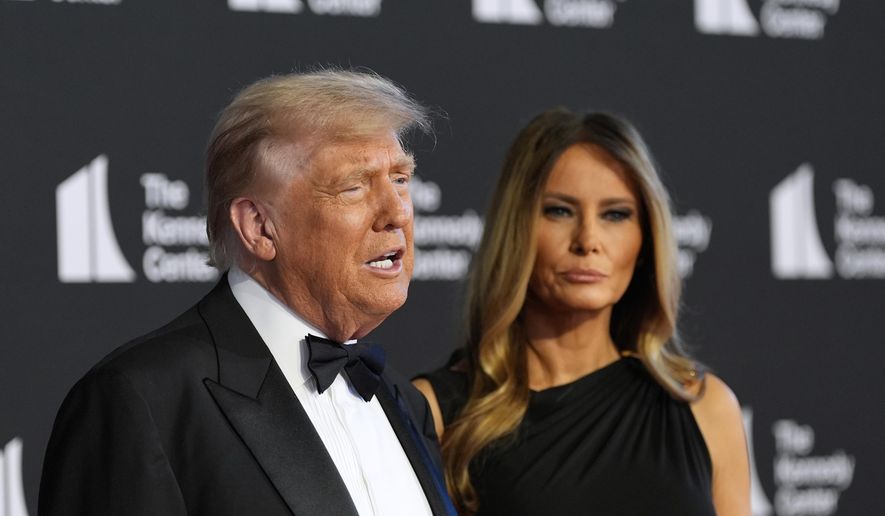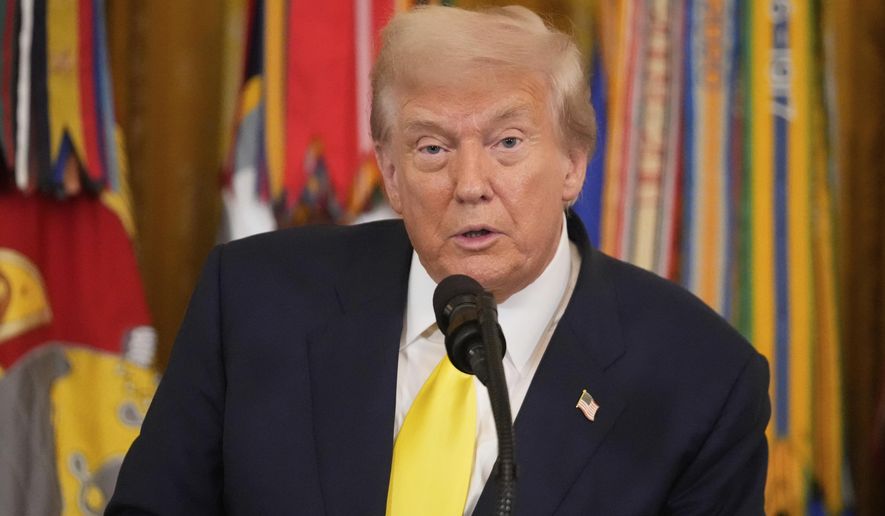WASHINGTON — (CNN) Sen. John McCain, in the midst of a heated health care debate, had to undergo a serious medical procedure of his own last week to remove a blood clot above his left eye.
As the Senate debates the future of health care, it begs the question: How do members of Congress currently get coverage?
McCain’s office did not respond to CNN requests on how the former Republican presidential nominee, 80, gets his insurance, but according to a 2017 report by the Congressional Research Service, there are a number of options for lawmakers — not to mention the fact that McCain was a decorated war hero and eligible for VA benefits.
The vast majority of congressional members and staffers get their insurance through the Washington, DC exchange, known as DC Health Link. The exchange has a reputation for working well, in part because of its small, more manageable size, according to Alice Rivlin, a senior fellow in economic studies at the Brookings Institution’s Center for Health Policy.
“They weren’t dealing with as many people as a very large state,” she said.
Almost all other government workers receive their benefits through the Federal Employees Health Benefits Program. But when Congress passed Obamacare, it required that members of Congress and designated staffers obtain their insurance through an exchange created by the law.
For most members of Congress, that means purchasing insurance through the DC exchange. In 2017, the exchange offered 57 plans in its gold tier, the tier from which the government requires members and staffers to purchase insurance.
If a member wants a plan outside the DC exchange, then they would have to forgo the employer subsidy, which amounts to a significant portion of a member’s premium — about 72%-75% of the weighted average of the FEHB plan premiums (those are the plans that members would normally get as government employees if Obamacare didn’t exist).
Some members opted instead to purchase plans through their home states or the federal exchange for states that don’t have their own exchange.
For example, Republican Sen. John Hoeven of North Dakota and Democratic Sen. Claire McCaskill of Missouri both enrolled in the federal exchange, taking the same option that’s offered to their constituents that live in non-exchange states. Neither receive an employer subsidy from the government, according to their offices.
Members and staffers can receive dental and vision benefits, though they must pay 100% of their premiums. Other programs offered include long term care insurance and health care flexible spending accounts.
Also of note, members and designated staff older than 65 are allowed to receive Medicare benefits, in addition to their plans from the exchange, according to the Congressional Research Service report.
Beyond insurance, members can get health care services — like routine exams and consultations — from the Attending Physician in the US Capitol for an annual fee.
And military treatment facilities in the Washington area offer free emergency medical and dental care for outpatient services, but only to current members — not to their families or former members.
The-CNN-Wire ™ & © 2017 Cable News Network, Inc., a Time Warner Company. All rights reserved. (PHOTO: CC0 Public Domain via Pixabay)





















